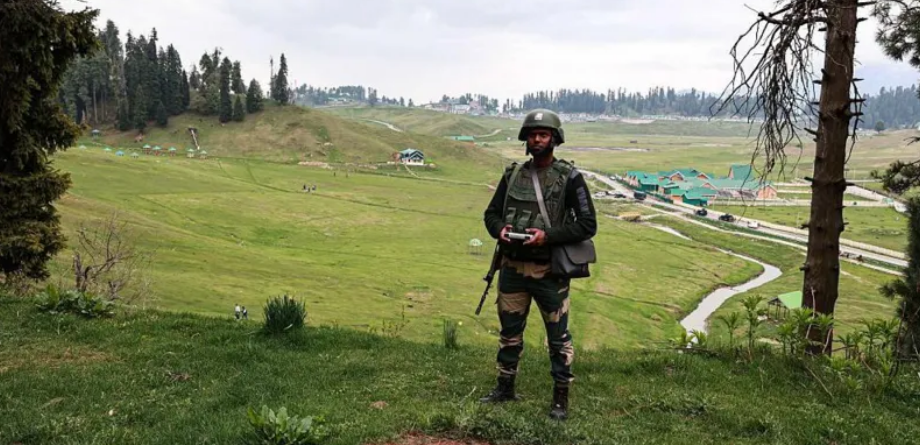Tensions between India and Pakistan have escalated sharply this week with both nations accusing each other of deploying waves of drones and missiles across their heavily militarised border, marking what analysts are calling the world’s first drone war between nuclear-armed neighbours.
On Thursday, India accused Pakistan of launching drone and missile strikes on military bases in Indian territory and Indian-administered Kashmir. Pakistan denied the allegations and countered with claims that it had shot down 25 Indian drones over major cities including Karachi, Lahore and Rawalpindi. Delhi has yet to publicly respond.
The situation has alarmed international observers, with the United States and other global powers urging both sides to show restraint. Defence analysts warn that drone warfare could lower the threshold for escalation, enabling long-range precision strikes without direct airspace violations.
“This marks a dangerous evolution in South Asia’s security dynamics,” said Professor Jahara Matisek of the U.S. Naval War College. “Drones provide deniable, remote options for both surveillance and attack, shifting the balance of power in the skies.”
Casualties have mounted on both sides. Pakistan reports 36 people killed and 57 injured from Indian air strikes and shelling since Wednesday. Meanwhile, Indian authorities claim 16 civilians died due to Pakistani artillery fire. India says its attacks were retaliation for a militant bombing in Pahalgam last month that killed several Indian tourists—an attack Pakistan denies involvement in.
Experts suggest both countries are deploying increasingly advanced drone fleets. India is reportedly using Israeli-made Harop loitering munitions and surveillance drones such as the Heron and Searcher Mk II. A $4 billion deal with the U.S. to acquire MQ-9B Predator drones further strengthens India’s long-range strike capabilities.
Pakistan, meanwhile, is operating an extensive inventory of drones sourced from China and Turkey, alongside its own Burraq and Shahpar UAVs. Its air force has integrated unmanned systems into combat operations for nearly a decade, according to defence analyst Ejaz Haider.
While the scale of drone use in this conflict does not yet rival the drone warfare seen in Ukraine, analysts warn that the current skirmishes could either fizzle out or rapidly escalate into broader military conflict.
“This may be tactical for now, but if these drone exchanges are a prelude to larger attacks, we could be heading toward a much more serious confrontation,” said Manoj Joshi, an Indian defence expert.
As both countries test the limits of unmanned warfare, the risk of miscalculation remains high—especially with nuclear weapons in the background.


